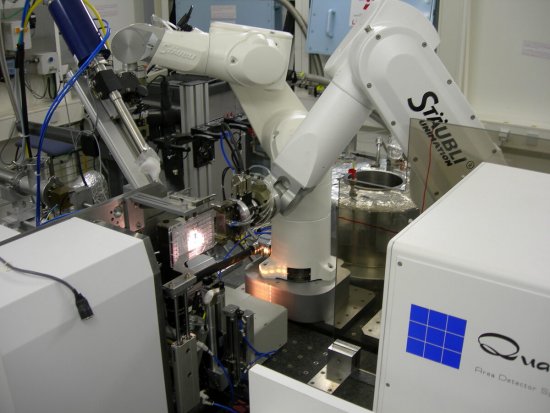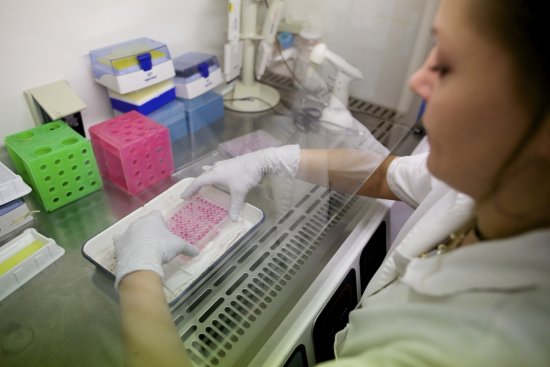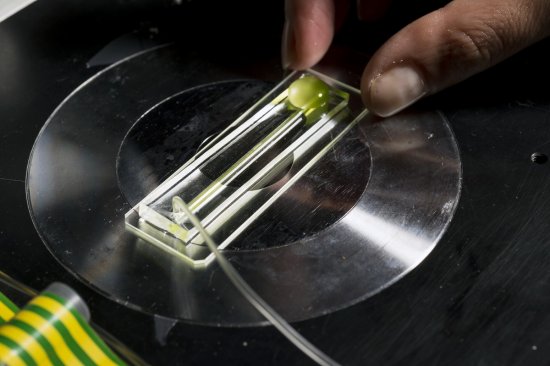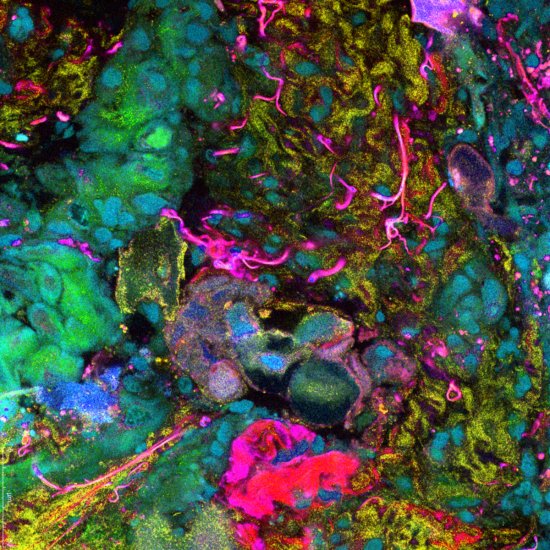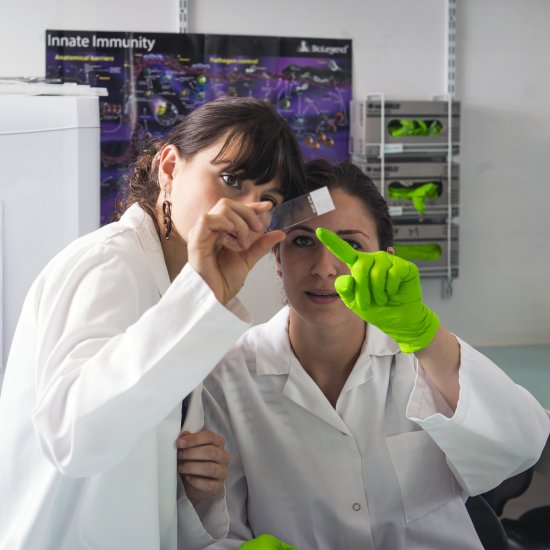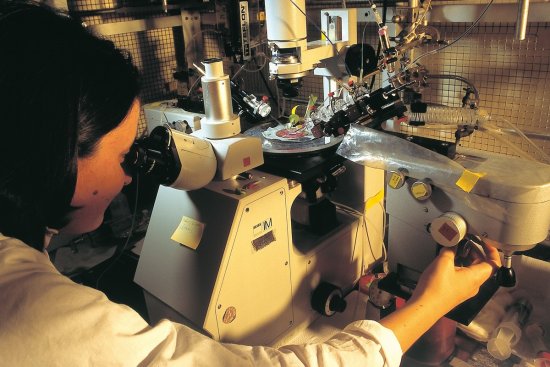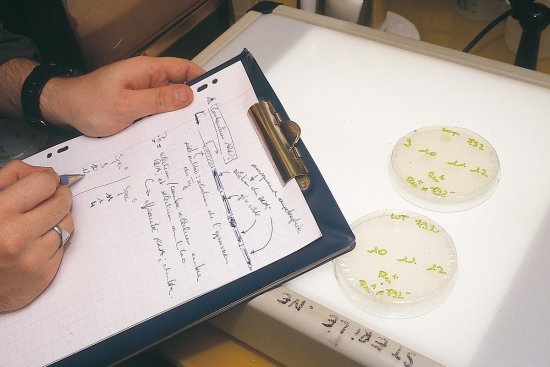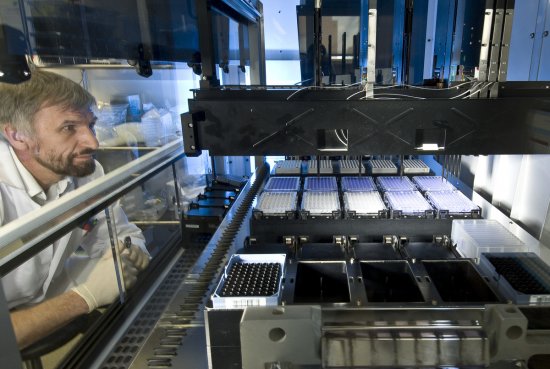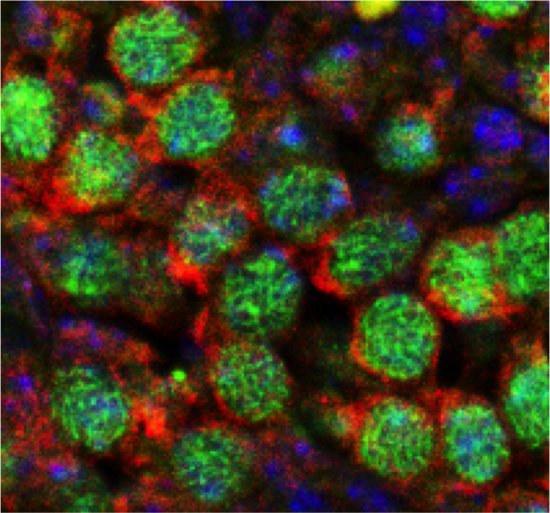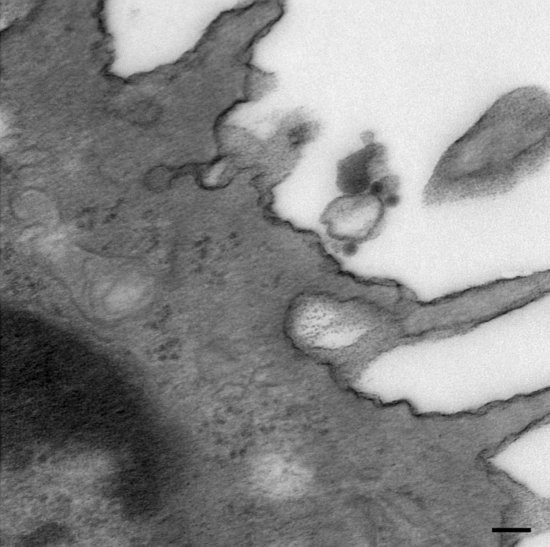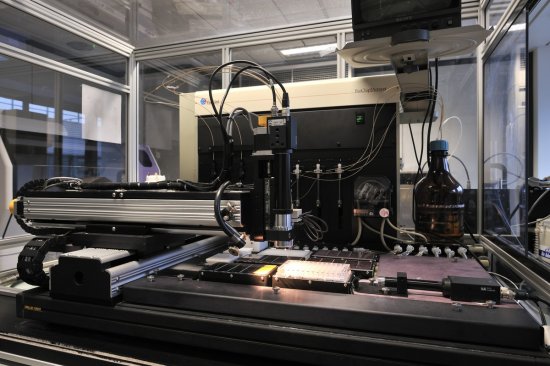© CNRS - INSERM - 1999
Reference
382
Beats (1st version)
A heart consists of million of cells, most of which beat in unison at a rate of 50 to 120 beats per minute. Heart cells consists of myocytes who beat and fibroblasts who do not beat. The motions of the fibroblasts are visualized by stop-motion microcinematography.
A culture of heart cells of rats is observed. At the beginning, myocytes are scattered, then after one or two weeks, they are grouped together and beat synchronously. This regrouping of myocytes, forming homogeneous cells areas, is the consequence of the action of the fibroblasts. In these areas of contiguous cells, intacellular communication allows the myocytes to synchronise with each other.
Duration
Production year
Définition
Color
Sound
Version(s)
Original material
The use of media visible on the CNRS Images Platform can be granted on request. Any reproduction or representation is forbidden without prior authorization from CNRS Images (except for resources under Creative Commons license).
No modification of an image may be made without the prior consent of CNRS Images.
No use of an image for advertising purposes or distribution to a third party may be made without the prior agreement of CNRS Images.
For more information, please consult our general conditions
